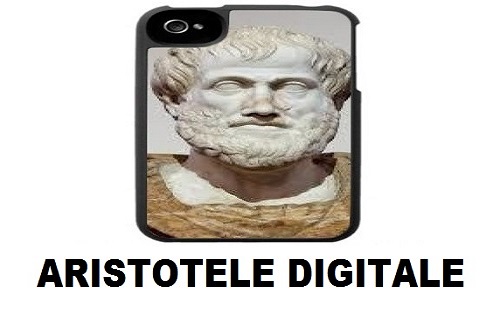Bauhaus 2.0
“We will establish a new European Bauhaus, a space for co-creation in which architects, artists, students, engineers and designers can work together. “These are the words used by the president of the European Commission, Ursula von der Leyen, on the sidelines of her inaugural speech on the condition of the Union in the European Parliament. A project to be supported with passion.
But what design, what planning, today? A holistic design. With digital as with genetics we are intervening on life. The tools change, the purposes change, the ethical horizon changes.
New challenges for a new design
It is about thinking and practicing a design that rethinks the man-machine and man-nature relationships in the dynamics of the internet of all things and artificial intelligence, interaction design and social design.
A design that in the horizon of sustainability makes itself capable of a self-assessment and hetero assessment (ie totally social) on its production system or on its products within a general theory of the induced. It should be able to answer the question: what do I produce when I produce? Which induced is generated? With which social effects and ecosystems in the short and long term? A design of objects but also of processes.
A design that no longer has functions as its object and machines as its reference, but nature itself. A design that is part of an increasingly close relationship between technology and biology. A design that uses digital as widely as possible in a space where there is no difference between art and science, or if you like, between experiences and knowledge.
Beyond the subject..
These things should lean on both subjective intelligence and creativity, and on collective intelligence and creativity, a true and unique heritage of digital today.
It is a question of broadening our understanding of the world from the mimesis of forms to the design of processes (we could say bio-mimesis) by interacting with life itself in its own dynamics with a consideration: there is both epistemological and technological coexistence between genetics and digital.
..and the standard
A design that knows how to understand and control the dynamics of the digital economy: overcoming the idea of standards; changes in the relationship between production, distribution and exchange and therefore also the modalities of consumption itself; the potential of new applied technologies, from artificial intelligence to 3D printers; the transformation of the work function; the new ways of forming economic and social values and in the context of the economy; the different function that the financial sector assumes; the urgency of the circular economy that structures every possible strategy for widespread sustainability; last but not least, the systemic repercussions of the economies of disruption.








